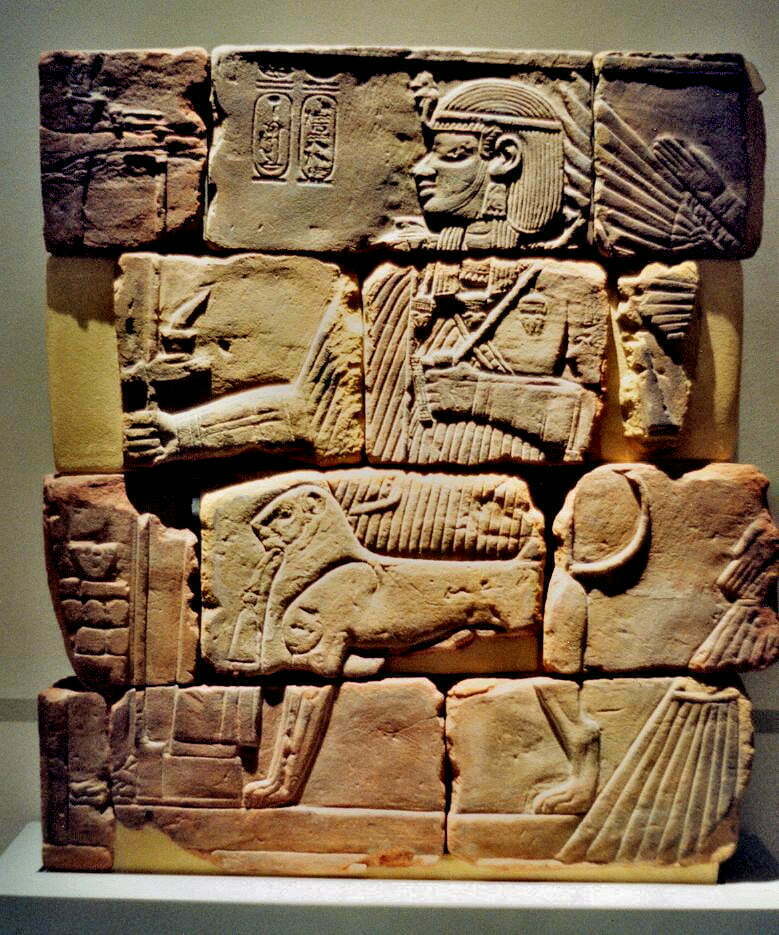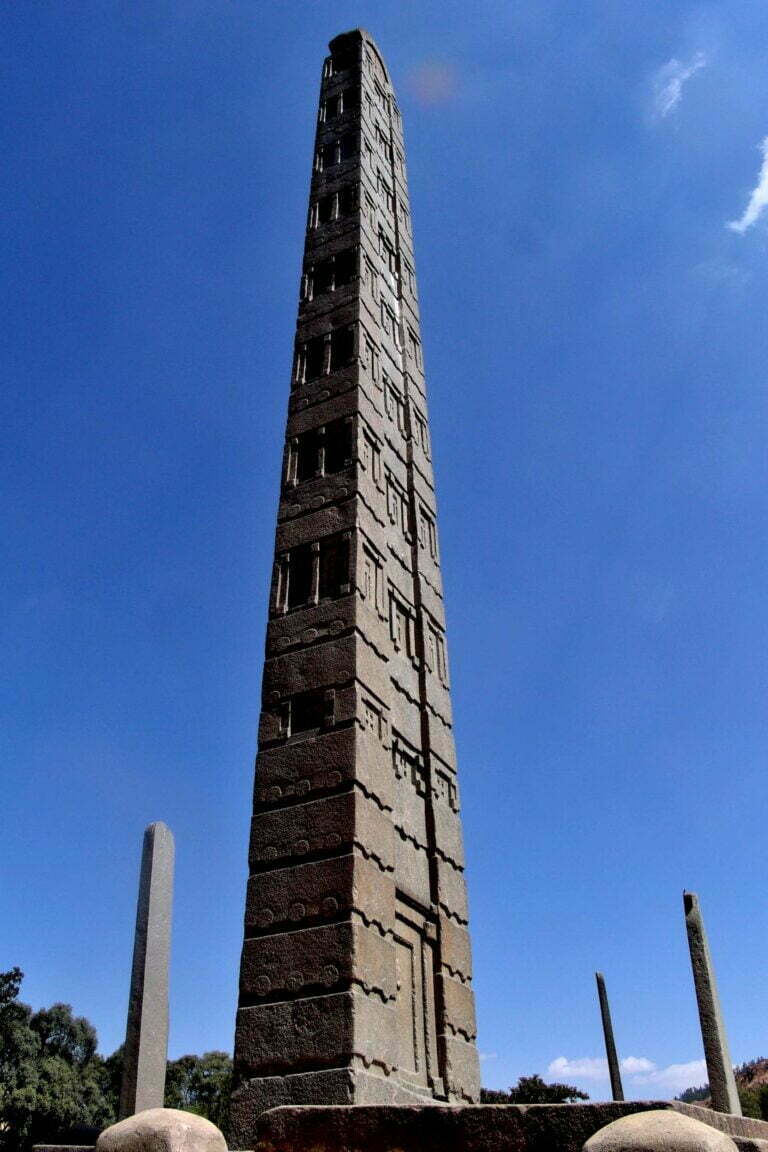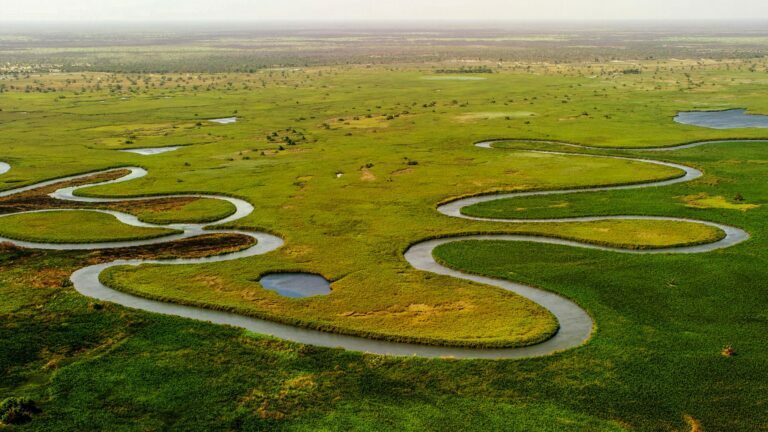Nubian Pyramids of the Kingdom of Meroe, also known as Meroe Sudan and colloquially as the Pyramids of Meroe, are pyramids in Sudan that were designated as a UNESCO World Heritage Site in 2011.
Meroe Sudan
It’s a four-hour trip northeast along the Nile River from Khartoum. Between 2,700 and 2,300 years ago, the Nubian pyramids were built here. Admire the splendor of the Kingdom of Meroe, which ruled from the eighth to fourth century A.D.
The property includes the Kushite monarchs’ royal city of Meroe, near the Nile, as well as the adjoining sacred sites of Naqa and Musawwarat es Sufra.
It was the seat of Egypt’s monarchs for about a century. And it includes, among other things, pyramids, temples, and domestic structures, as well as substantial water-management installations.
Their huge empire spanned the Mediterranean to the heart of Africa, and the property reflects the exchange of art, architecture, faith, and languages between the two continents.
Pyramids of Meroe Sudan
The Meroe pyramids—around 200 in total—are located on the east bank of the Nile, about 150 miles northeast of Sudan’s capital, Khartoum.
Many of the ones that were in ruins appeared to be in perfect harmony with the surrounding scenery, as if the wind had flattened their edges to fit them among the sand dunes.
The constructions at Meroe are far smaller than the massive pyramids of Giza, Egypt, ranging in height from 30 to 100 feet.
In comparison to the Great Pyramid, which stands at 455 feet tall and has steeper slopes. The pyramids, like those in Egypt, are used as royal burial grounds.
The most infamous act of destruction at Meroe, however, is attributed to Giuseppe Ferlini, an Italian treasure hunter. In the 1830s, he was the one who, in a relentless search for ancient artifacts, destroyed several pyramids.
Rising floodwaters, as well as the impacts of wind and sand erosion, have posed a threat to the pyramids in Meroe, as well as other Sudanese ancient sites up and down the Nile, notably the pyramids at Nuri, further north.
The pyramids of Meroe had few international visitors and were largely obscured under the 30-year dictatorship of Omar Hassan al-Bashir, who led Sudan through a long sequence of wars and famines.
Nubian Pyramids
Meroë is an archaeological location and the historic capital city of the Nubian Kingdom of Kush, dating from the Meroitic period. After the end of the Bronze Age and the breakdown of the New Kingdom of Egypt, the Kingdom of Kush was created. The Kushite King Kashta and his successor, Piye, invaded Egypt in the 8th century BC and declared themselves Pharaohs of the 25th dynasty.
The Nubian Pharaohs reignited Egyptian civilization, both in terms of religion and art and architecture. It involves a new phase of pyramid construction that hasn’t been witnessed since the Old Kingdom’s “Age of the Pyramids.”
Around 750 BC, Meroe was established as an administrative center. Although some evidence suggests it was as early as the 10th century BC. It was on the outskirts of Butana, also known as the Meroe Island, and was only second in importance to the capital of Napata, which was located near modern-day Karima, on the west bank of the Nile.
Musawwarat es-Sufra, which served as a temple complex, and Naqa, or Naga, were two other Meroitic cities in Butana. A cluster of royal burials, consisting of three pyramid fields with over two hundred pyramids, marks the center of Meroe’s developed region.
Kingdom of Meroe
After being vanquished by the Neo-Assyrian Empire under Ashurbanipal, the Nubian Kings lost control of Egypt. Psamtik I, who also liberated Egypt from Assyrian dominion in 664 BC, exiled them to Napata. Meroe rose as a result of Achaemenid attacks on Napata and the desiccation of the surrounding land.
The Meroitic period began with the formation of the new center of the unified Kush Kingdom. Because of Meroe’s seclusion from other civilisations, the Kushites were able to create their own vivid hybrid version of Egyptian culture, complete with their own Meroitic writing system, art, and burial customs.
The Ptolemaic dynasty’s rule in Egypt came to an end after Cleopatra’s death, and Egypt became a new province of the Roman Empire. This moved Meroe right up against Rome’s boundaries, and a battle broke out somewhere in the first century BC.
The Romans agreed to a peace pact after a succession of successful campaigns. Meroe’s ironworks, textiles, and ceramics industries were opened to the rest of the Roman Empire during this time of trade.
Around the year 300, Meroe and the Kingdom of Kush began to decline. Internal trade with the Nile valley states may have collapsed as a result. Archaeological evidence testifies to a decrease in economic and political power.
Some researchers believe the kingdom was attacked by the Aksumites in AD 330, as evidenced by a stele erected by a foreign Aksumite king, but this is speculative.






